Please note: In September 2019, we updated the DXOMARK Mobile test protocol to cover ultra-wide-angle performance and have renamed the protocol DXOMARK Camera. We also expanded our low-light testing and created the new Night sub-score, which incorporates the previous Flash score. We have retested this device using the new Wide and Night test protocols and updated this review. The updated elements and scores are right at the top; you can still find the original review further down the page. For more information, please see the articles about our new Wide and Night test protocols.
Launched in October 2018, the Google Pixel 3 is Google’s current small-format flagship phone, offering a 5.5-inch P-OLED display with HDR support and a Qualcomm Snapdragon 845 chipset. Unlike many of its multi-cam rivals, the Pixel 3 uses a single-camera setup that features a 12.2Mp, 1/2.55″ dual-pixel sensor and a f/1.8-aperture lens. Pixel 3 users have to make do without an ultra-wide camera, but the device comes with Google’s Night Sight mode which we have tested using our new Night protocol. Read on to find out more.
Update summary


The Pixel 3 does not come with a wide-angle camera and therefore doesn’t earn any extra points for this feature. However, a decent performance under our new Night test protocol lifts its overall score to 102 points and keeps the Google device close to a top-ten position in our DXOMARK Camera ranking.
When shooting in low light, the Pixel 3 struggles somewhat when the flash is switched off, producing dark exposures, high noise levels, and some color casts in very low light. It performs better in flash-auto mode, achieving good results for portrait shots, and also captures generally good exposures with the flash forced on. There are some slight color casts in images captured with the flash-on setting, but detail is good.
In low-light conditions, Pixel 3 users are better off using the device’s dedicated night mode. It is one of the best we have tested so far and improves image quality a lot over standard mode, with much brighter exposure in very low light and much less noticeable color casts.
Overall, the Google Pixel 3 is still a solid performer almost one year after its launch, but in some areas, especially zoom, it cannot keep up with the multi-camera competition that comes with dedicated tele-lenses.

Night
Google Pixel 3
49
The Pixel 3 puts in a satisfactory performance when shooting in low light, earning itself a position in the middle of the pack of our new Night ranking. The difference between it and the best devices is not too large, but as is the case for almost all smartphones, there is still quite some room for improvement when shooting in dim conditions.
In flash-auto mode, the Pixel 3 does a decent job: the flash triggers consistently when capturing portraits, with good target exposure on faces. It usually renders the background very dark, however, and a slight color cast can be noticeable on faces, but exposure is very repeatable. On the downside, the flash sometimes triggers for landscape images, which can result in underexposure, as the flash does not illuminate much of the scene.
With the flash set to off, the Pixel’s performance is not great. Target exposure tends to be acceptable in cityscapes, but images in very low light (1 lux) are strongly underexposed. In the scene below, the Pixel 3 produces an almost black image that makes it difficult to guess what we’re even looking at. The Galaxy S10+ is capable of capturing a somewhat brighter image in these conditions, but the clear winner in this comparison is the Huawei P30 Pro.
Sometimes there is also a visible yellow color cast, and noise around edges in the image can be quite intrusive when viewed at full size. Images captured under typical street lighting often have very strong yellow casts. This said, as you can see in the comparison below, the competition doesn’t do any better in this respect.
With the flash forced on, exposures are generally accurate, with well-controlled light fall-off and good detail preservation, both when flash is the only light source and when it is mixed with ambient light. The Pixel 3 can still suffer from slight color casts and some luminance noise in flash-only images, and from red-eye in portraits.
The Pixel 3 comes with a dedicated Night mode and it’s one of the best we have tested so far. Both color and target exposure improve a lot over standard mode, and yellow color casts are much less noticeable, as you can see in the samples below of the same scene captured in Night mode (left) and with the camera app’s default shooting mode (right). Overall, Night mode is clearly the best choice when shooting in low light with the Google Pixel 3.
Google Pixel 3 camera review (originally published December 21, 2018)
The Google Pixel 3 builds on the solid foundation established by earlier models. As flagship phones go, it is smaller than most, with a 2160 x 1080 pixel 5.5-inch P-OLED display that features a color gamut that covers 100% of the DCI-P3 colorspace and offers high-dynamic-range support. The display covers more of the face of the phone, making it larger than the Pixel 2’s display, but the phone itself is the same size. The phone is powered by a Qualcomm Snapdragon 845 chipset, and comes with 4GB of RAM, along with either 64 or 128GB of storage. Like the Pixel 2, it uses a USB-C connection and has a fingerprint sensor on the back. It also comes with unlimited storage for your images on Google Photos.
For the camera, Google has once again decided not to add a second lens, relying instead on its dual-pixel sensor and clever software to provide Zoom and Bokeh. The Pixel 3 provides solid upgrades over the Pixel 2 in both of those areas, which is reflected in its higher scores for those categories. In particular, the Pixel 3 is a phone without a dedicated telephoto lens that is nonetheless able to produce 2x zoom images that are very close in quality to what can be achieved with an optical zoom.
With the Pixel 3, Google has also introduced a special mode called Night Sight that can achieve excellent image results in very low light, using a multi-frame stacking approach, as long as there is no (or only very little) motion in the scene. It is important to note that we test all smartphones using only their default settings, so we did not consider the image results from the Pixel 3’s Night Sight mode in our DxOMark scores. (If you are interested in the feature, you can find more information about it on the Google Blog.)
Key camera specifications:
- 12.2Mp, 1/2.55″ dual-pixel sensor (1.4µm pixels)
- f/1.8 lens, 28mm equivalent focal length
- Optical image stabilization
- Dual-LED flash
- 2160p video at 30fps (1080p at 30/60fps in default mode)
- AutoFPS for switching between 30fps and 60fps when using 1080p
- H.265 encoding for Video
About DxOMark Mobile tests: For scoring and analysis in our smartphone camera reviews, DxOMark engineers capture and evaluate over 1500 test images and more than 2 hours of video both in controlled lab environments and in natural indoor and outdoor scenes, using the camera’s default settings. This article is designed to highlight the most important results of our testing. For more information about the DxOMark Mobile test protocol, click here. More details on how we score smartphone cameras are available here.
Test summary
With a DxOMark Mobile overall score of 101, Google’s Pixel 3 is among the best phone cameras we have tested, and is tied with Apple’s iPhone XR for the top spot among single-camera phones. The camera is a great all-around performer in a variety of conditions, and has one of our highest-ever Video scores of 98. Autofocus is extremely fast, and detail preservation is also very good in most conditions. Its flash is also an excellent all-around performer. Target exposures were generally accurate, with good dynamic range, although sometimes images were a bit underexposed. There is some luminance noise and color shading in low light, but in good light, the only artifacts were occasional ghosting and slight color fringing.
The biggest improvement in the Pixel 3’s Photo performance is for Zoom and Bokeh, due to improved image processing hardware and software. The results put it above any other single-camera phone in those categories, which will be welcome news to those wanting to capture portraits.
The Pixel 3 also upgrades its Video performance over the previous generation. In terms of pure specs, it can now adjust its frame rate depending on light level—for example, if you’re shooting 1080p at 60fps in bright light and then move to a darker area, the Pixel 3 will adjust the frame rate to 30fps to reduce noise. The switch to 60fps is helpful in reducing judder and more effectively capturing motion in a scene. The mode did not always kick in during our testing, however, so its impact on the video score is quite limited.
Video footage shows low levels of noise even in low light, and good detail in all shooting conditions. Dynamic range is good, stabilization works very efficiently, and the AF is accurate and fast. On the downside, we observed jello and frame-shift effects when walking while recording, and video colors can occasionally appear a little dull.
Photo scores explained
The Google Pixel 3’s Photo score of 103 points is calculated from sub-scores in tests that examine different aspects of its performance under different lighting conditions. In this section, we’ll take a closer look at these image quality sub-scores.

Exposure and Contrast
Google Pixel 3
92
The Pixel 3 scored an impressive 92 points for Exposure, with good performance across all light levels, although sometimes it underexposed slightly, and lost some detail in the darker portions of high-dynamic-range scenes. The phone’s scores here were very similar to those of the Pixel 2, although with a little less dynamic range in low-light scenes than the earlier model. The Pixel 3 was also a little less consistent than the Pixel 2 in choosing the correct exposure.
In the comparison samples below, the Pixel 3 does a great job with the highlights, but loses some detail in the shadows. The iPhone XS puts more focus on the shadows and in turn loses more detail in the bright background, applying lower contrast overall. Photographers who want to keep the overall contrast of the scene intact may prefer the Pixel 3’s rendering. The Huawei P20 Pro delivers the most balanced result among the three.
In the samples below, both the Pixel 3 and the iPhone XS do an overall excellent job of rendering the complex outdoor scene, but with a slightly different look. This is visible in the foliage on the far bank, and is especially visible in the sky, where Apple’s rendering doesn’t deepen the blue color nearly as much as the Pixel 3.

Color
Google Pixel 3
84
Overall, the Pixel 3 does a good job of rendering color accurately, with similar results to the Pixel 2’s. There is some color shading evident in low-light scenes; and while white balance is also generally accurate, in some cases we found a cool cast to outdoor photos and a pinkish cast to some images shot in low light indoors.
In the samples below, the Google Pixel 3 applies a slightly cool white balance to the outdoor scene, compared to the slightly warmer and more accurate color rendering of the iPhone XS. (As you can see, the iPhone XS image also shows some flare.)

Autofocus
Google Pixel 3
98
The Google Pixel 3 has an impressively fast autofocus system, relying on phase detection from its dual-pixel sensor. Because it also uses the technique of buffering frames prior to when the shutter is pressed, in some cases the AF delay is actually negative (“negative shutter lag”). In addition to sometimes helping the photographer capture the scene at the moment they witnessed it (instead of slightly later when they triggered the shutter), it also helps avoid the effects of camera motion caused by the shutter press itself. It was ground-breaking when the Pixel 2 first scored a 98 in this category, but other phones have caught up in the interim, including Apple’s iPhone XS Max, with a score of 100, so now the Pixel 3’s performance is merely “very impressive.”

Noise
Google Pixel 3
64
The Pixel 3 represents a substantial improvement in noise reduction over the Pixel 2, with its score jumping from 59 to 64. This comes in exchange for a slight decrease in the amount of detail captured, with the Texture score going from 73 to 71. The tradeoff is a generally good one, resulting in better quality images, especially in low light and in indoor settings.
In the sample below, you can see that Pixel 3 image has slightly more noise in the sky than the very clean iPhone XS, but has less noise than the Pixel 2. The Pixel 3 renders detail nicely, but a loss of very fine textures is noticeable when viewing images at 100% magnification.
In our low-light (20 lux) studio scene, the loss of fine detail becomes more noticeable than in outdoor conditions, but the Google Pixel 3 and iPhone XS Max capture very similar levels of detail. There is also some fine-grained luminance noise visible on the skin tones, but overall, the Pixel 3 performs well across all light levels.

Artifacts
Google Pixel 3
73
Another place where Google’s improved image processing pipeline comes into play with the Pixel 3 is the reduction in image artifacts, as demonstrated by a large improvement in the score for this category—from 64 for the Pixel 2 to 73. The largest issue is with some ghosting in scenes with subject motion in low light—always a difficult situation for cameras that rely on multiple frames to create images. There is also some color fringing even in outdoor scenes.
The Pixel 3’s flash performance is very similar to that of the Pixel 2, which is reflected in the nearly identical scores—89 versus 88. Exposures are generally accurate, with well-controlled light fall-off and good detail preservation, both when flash is the only light source and when it is mixed with ambient light. The Pixel 3 can still suffer from a slight color cast along with some luminance noise in flash-only images, and from red-eye in portraits.

Zoom
Google Pixel 3
47
The Pixel 3 offers dramatic improvement in its Zoom capability over the Pixel 2, with a score that jumps from 32 to 47. While it still can’t match the performance of top-of-the-line multi-camera phones, it trounces other single-camera phones, thanks to its computational imaging capabilities. The 2x zoom image below shows remarkable detail for a single camera phone, but despite noticeable improvements over the Pixel 2, you can still see some aliasing and ringing in the crop of the image.
At a 5x zoom, the improvement in detail preservation from the Pixel 3 to the Pixel 2 is very obvious. There is still some loss of fine detail, but noise is well-controlled, so zoomed images from the Pixel 3 are definitely much more usable than those from the Pixel 2, and better than those from other single-camera phones.

Bokeh
Google Pixel 3
50
As with Zoom, Google has made great strides in improving the Bokeh of images shot in Portrait mode on the Pixel 3. Since it is still a single-camera phone, with a fairly similar sensor and optics, this improvement is attributable to better automatic image processing using computational imaging. Background blur is more even and natural than for the Pixel 2, although the Pixel 3 can still be fooled by complex scenes such as ones in which the portrait subject is leaning on or holding something that is part of the background.
Video scores explained
For the most part, most smartphones capture video using a single camera, so the Pixel 3 isn’t at a disadvantage here compared to multi-camera phone designs, which helps explain how it tied with the Huawei P20 Pro for the highest-ever DxOMark Mobile Video score of 98. Its overall score is anchored by top-of-the-line performance in Exposure and Contrast (87) under a variety of light levels, Color rendering (88), and excellent Stabilization (94). From there, the Pixel 3 tops almost every other phone we’ve tested by delivering class-leading Noise reduction (83) with minimal Artifacts (86)—all while doing a good job of preserving Texture (61). In particular, the Pixel 3’s video Noise reduction is excellent even in low light, although it falls short of the iPhone XS in its ability to capture high-dynamic-range scenes.
Video color rendering is another area where the Pixel 3 improves noticeably over the Pixel 2, with a resultant score increase from 83 to 88.
Detail preservation is also excellent in video, contributing to the Pixel 3’s overall high score. The Pixel 3 accomplishes that while also capturing a wide dynamic range in most conditions. Autofocus is excellent overall, again showcasing Google’s use of its sensor’s dual-pixel system; however, its autofocus can cause a slight jerkiness as it converges in low light. Video stabilization is also very nicely implemented and does an efficient job of reducing motion under most conditions, although there is noticeable jello and frame-shifting in scenes where the videographer is walking with the phone. The Video colors captured by the Pixel 3 can also be a little dull in some cases.
One fairly unique feature of the Pixel 3 is that it records video using H.265 (HEVC) encoding. This standard is newer than the more common H.264 (AVC), and provides some additional capabilities and makes for smaller files—typically as much as 50% smaller. One advantage of the smaller files is that it helps it to be able to record 60fps even when shooting in 1080p resolution. The Pixel 3 can do that outdoors in good light, which helps it do a better job of capturing video of scenes with motion.
H.265 is not as widely supported as H.264, so not every system will be able to view the videos as shot. It also takes more processing power to encode, so it is being adopted slowly only as phones get faster.
Conclusion: Top-ranked Android single-lens phone
With the Pixel 3, Google continues to make impressive gains in image processing using computational imaging. The result is a very versatile camera that people can confidently use in most situations without any manual settings or tweaks. In particular, the Pixel 3’s Zoom and Bokeh (Portrait mode) scores have improved dramatically over the previous generation. Overall, it is tied for the top of our single-camera phones with the Apple iPhone XR and beats it, along with nearly every other phone in our database, for Video. The Pixel 3’s scores are behind those of only a handful of multi-camera flagship phones.
For all its advances in computational imaging, and improvement in Bokeh and Zoom scores, the Pixel 3 is still behind the top multi-camera phones in those areas. So for buyers looking for the ultimate in Portrait photography, and who also don’t mind the larger size of one of the multi-camera flagship models, it may be worth considering one of them as an alternative.
But for Android users who don’t want to carry a larger phone sporting multiple cameras, the Pixel 3 is the best phone camera they can buy. In terms of pulling a phone out of your pocket and pressing the shutter to let the phone camera do its best, the Pixel 3 is superlative. That’s even before adding in the value of Google’s Night Sight shooting mode, which renders some amazing images under low-light conditions. Google has also addressed another previous limitation by adding an option for recording both RAW and JPEG images from its stock camera app—a development that serious photographers will no doubt welcome.
Pros
- Good detail preservation in most tested conditions
- Fast autofocus
- Accurate target exposure for Flash images
- Well controlled fall off and good detail preservation in Flash images with or without additional light sources
- Generally good target exposure and dynamic range
- Fairly good detail preservation in Zoomed images
Pros
- Very good noise reduction, even in low light conditions
- Good detail preservation in all conditions
- Efficient motion stabilization
- Good dynamic range
- Fast, repeatable and accurate autofocus
Cons
- Some luminance noise is visible, especially in lowlight conditions
- Occasionally chooses a slightly too low exposure
- Visible color shading in lowlight conditions
- Some ghosting and color fringing are sometimes visible.
Cons
- Noticeable jello and frame shift in walking scenes
- Colors are sometimes slightly dull
- Very slight jerkiness during autofocus convergence in low light conditions.



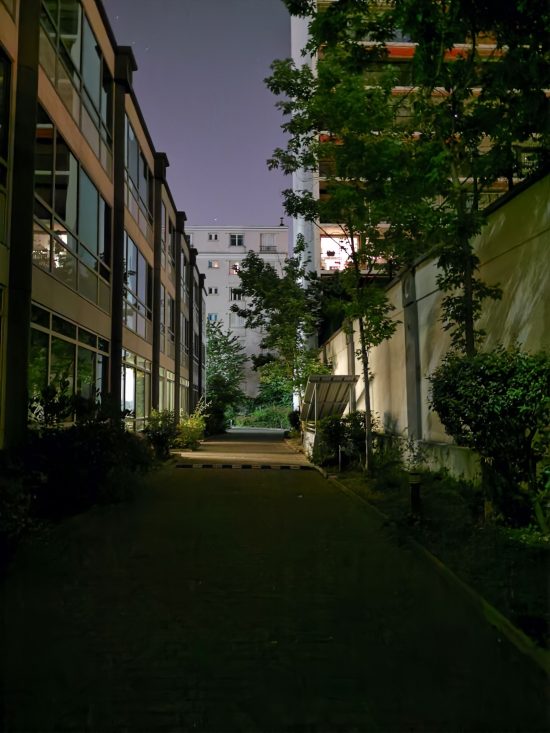
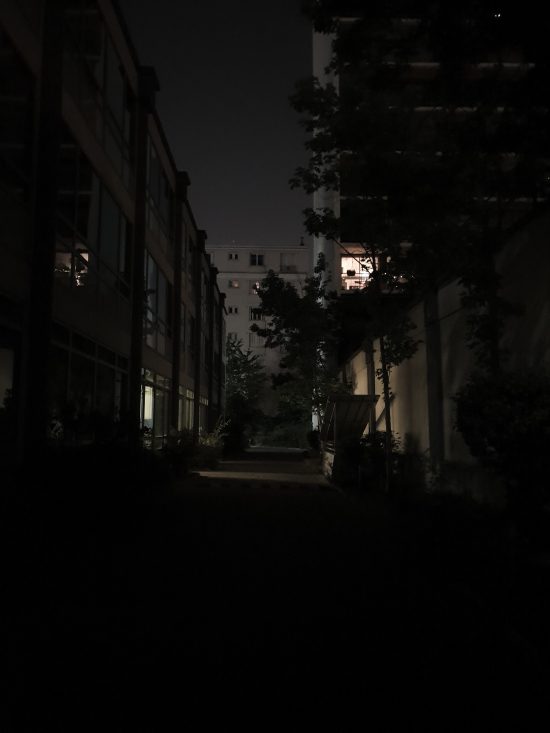
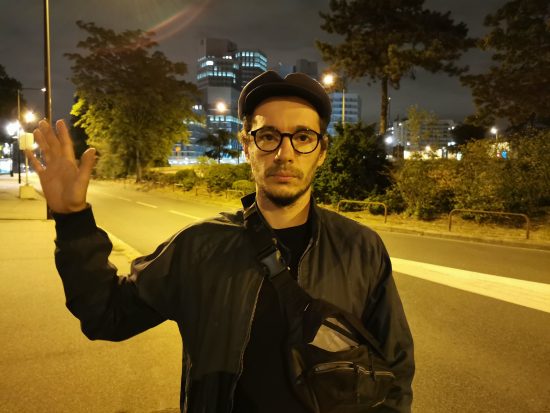
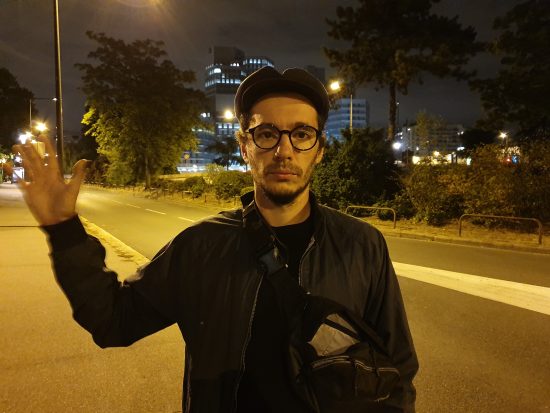
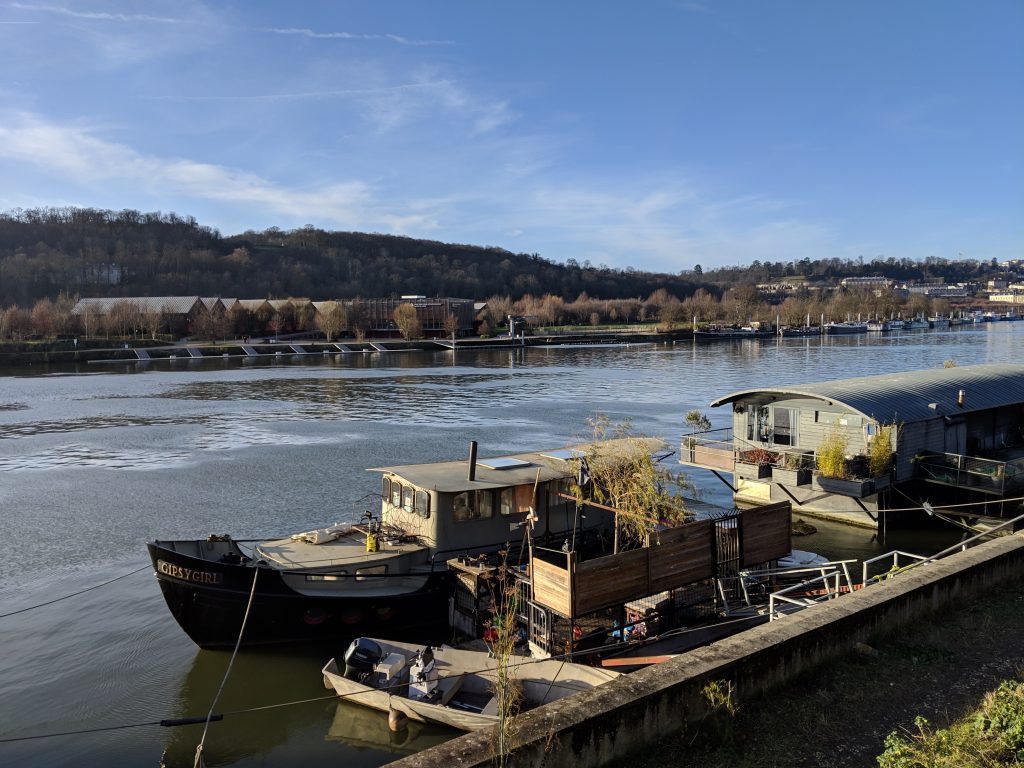
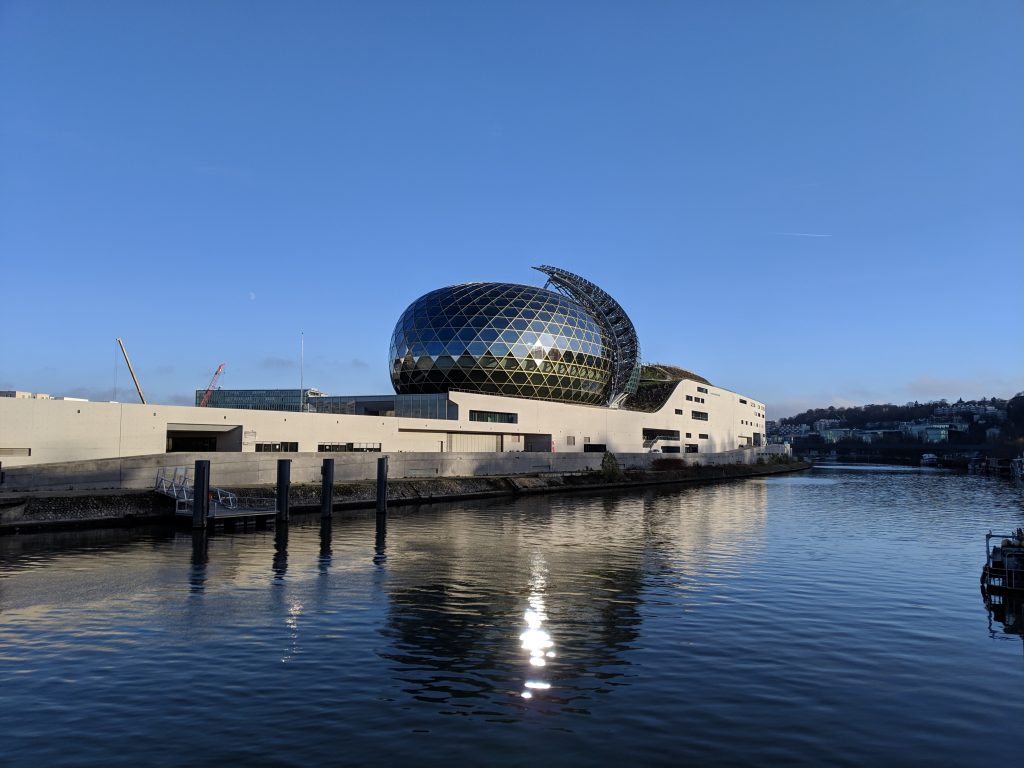
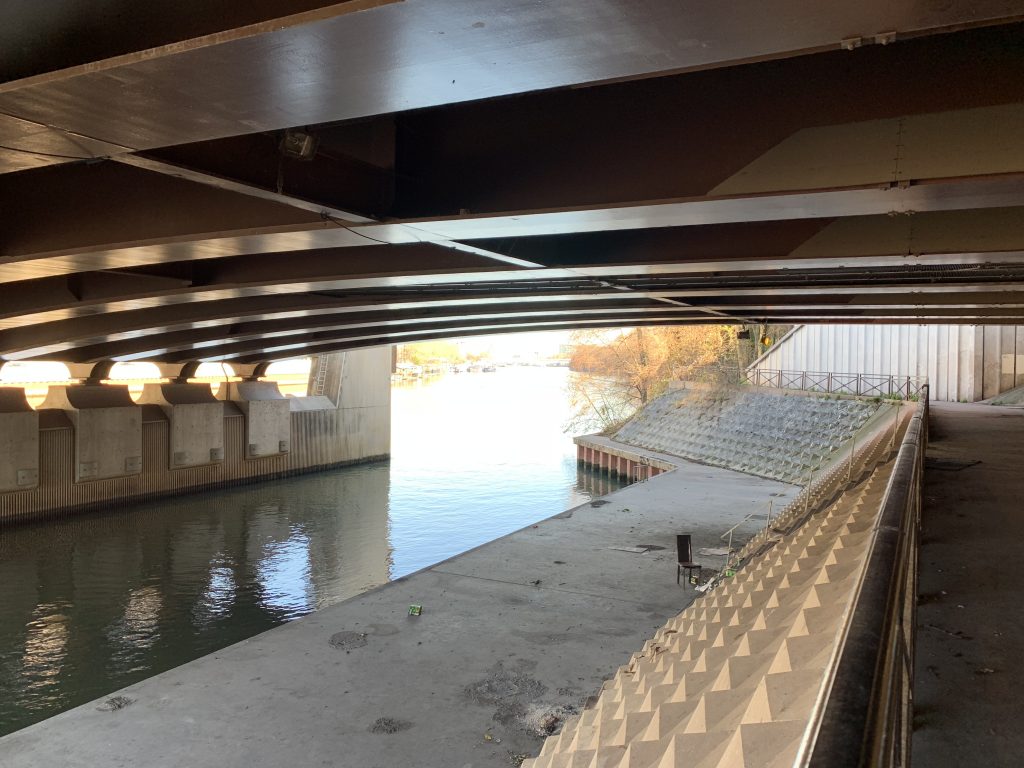
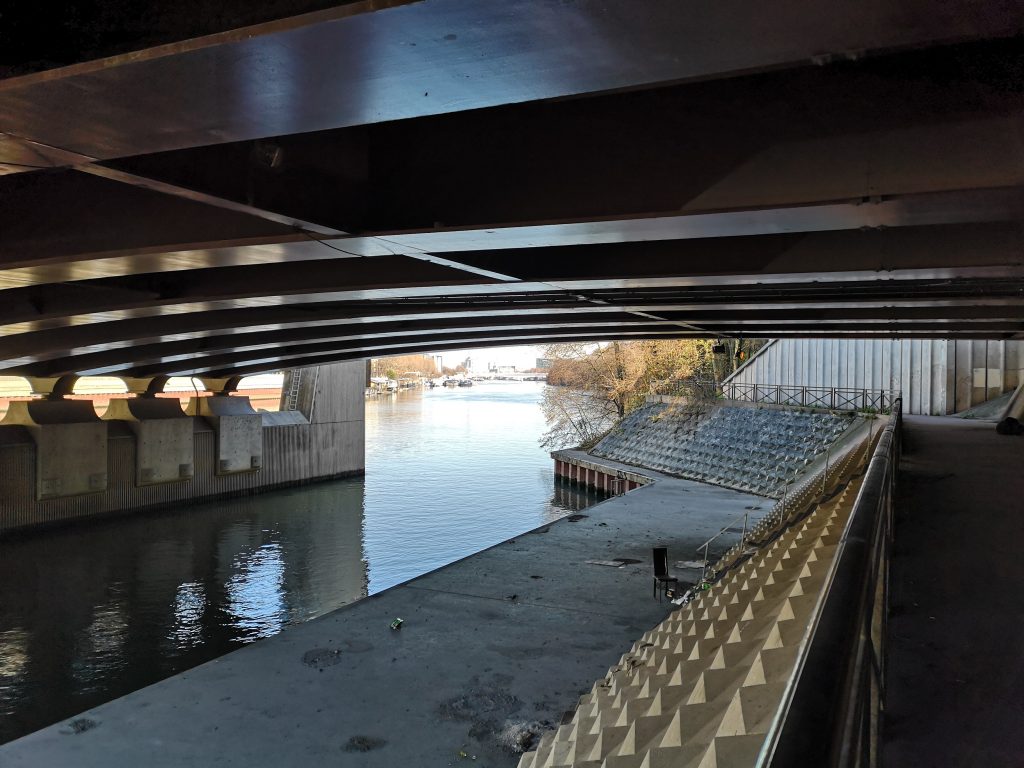
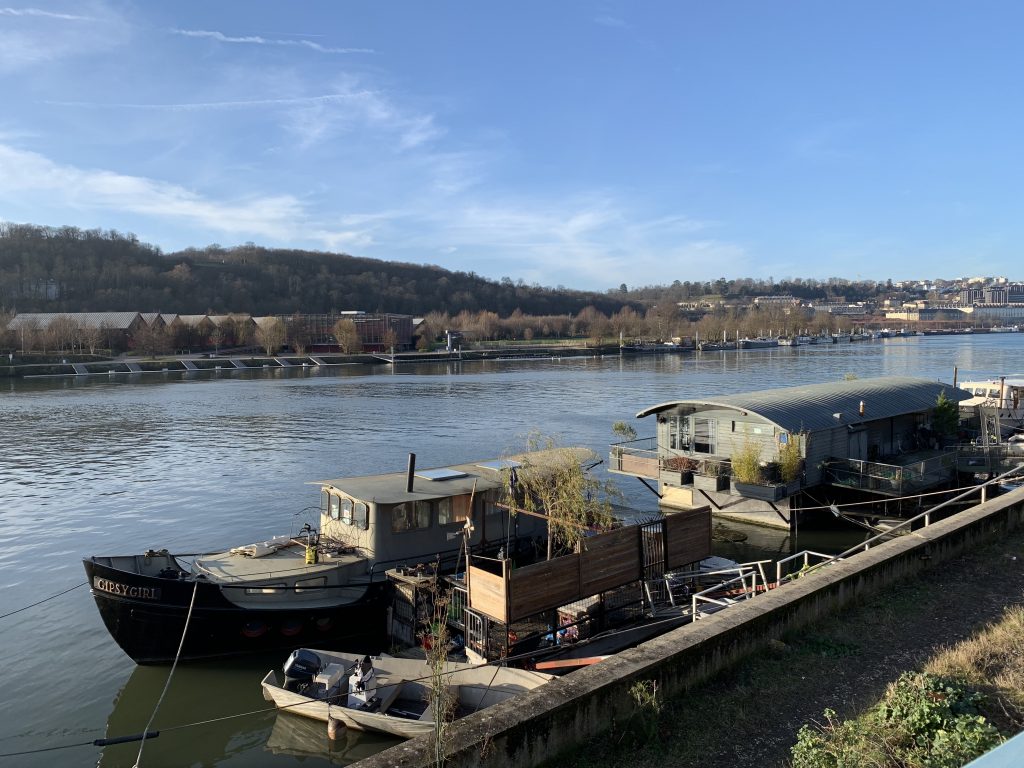
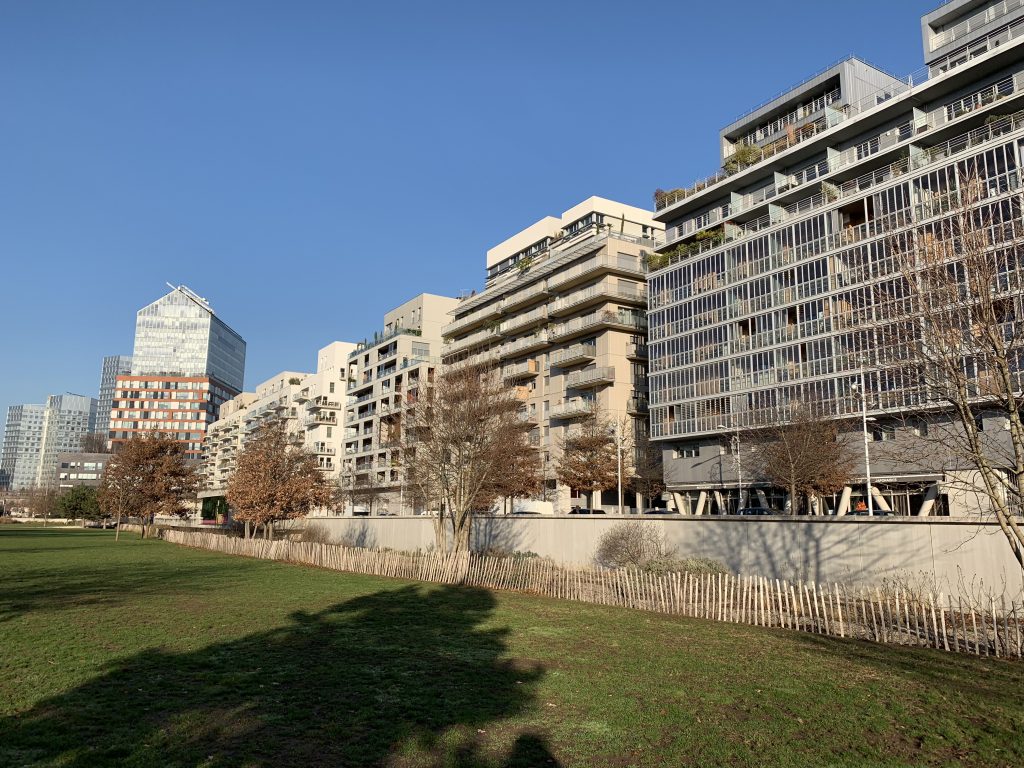
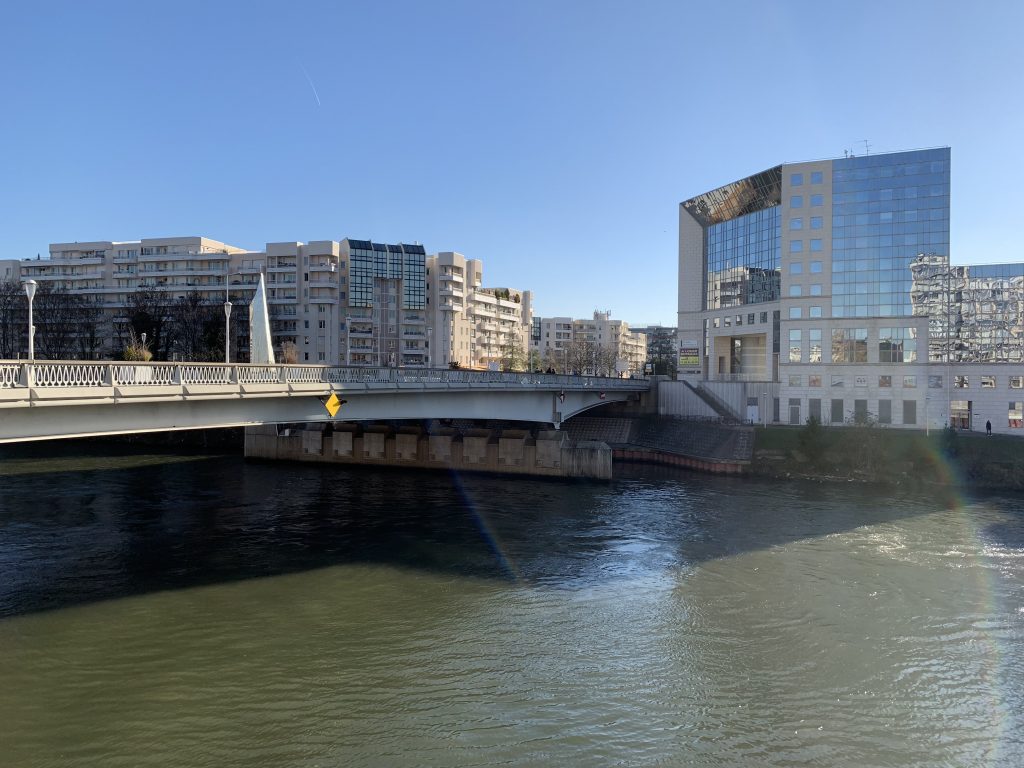

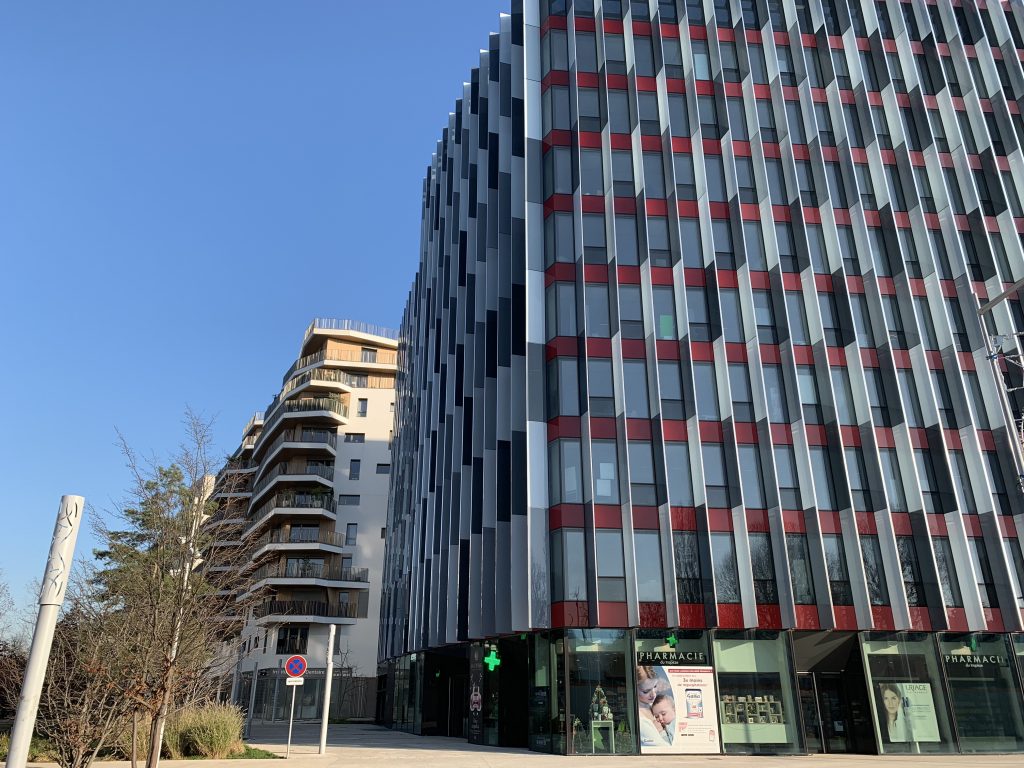
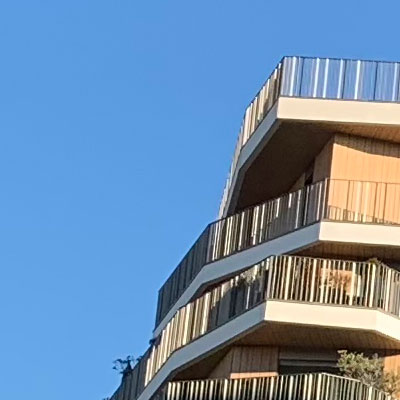
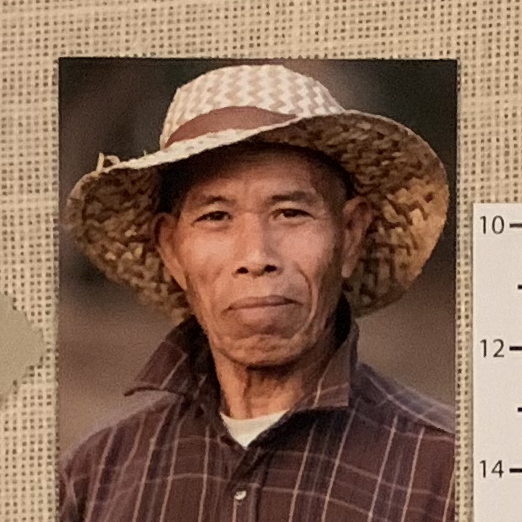
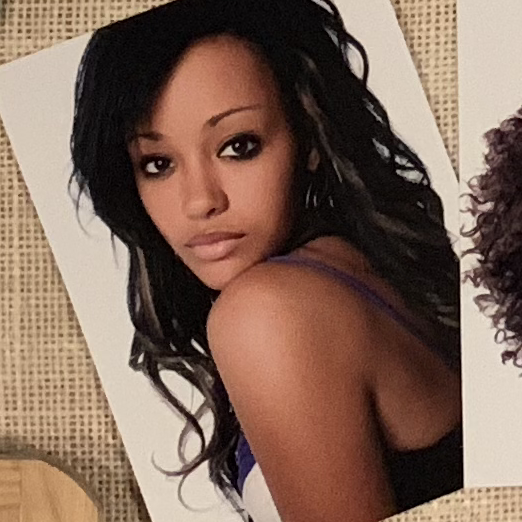
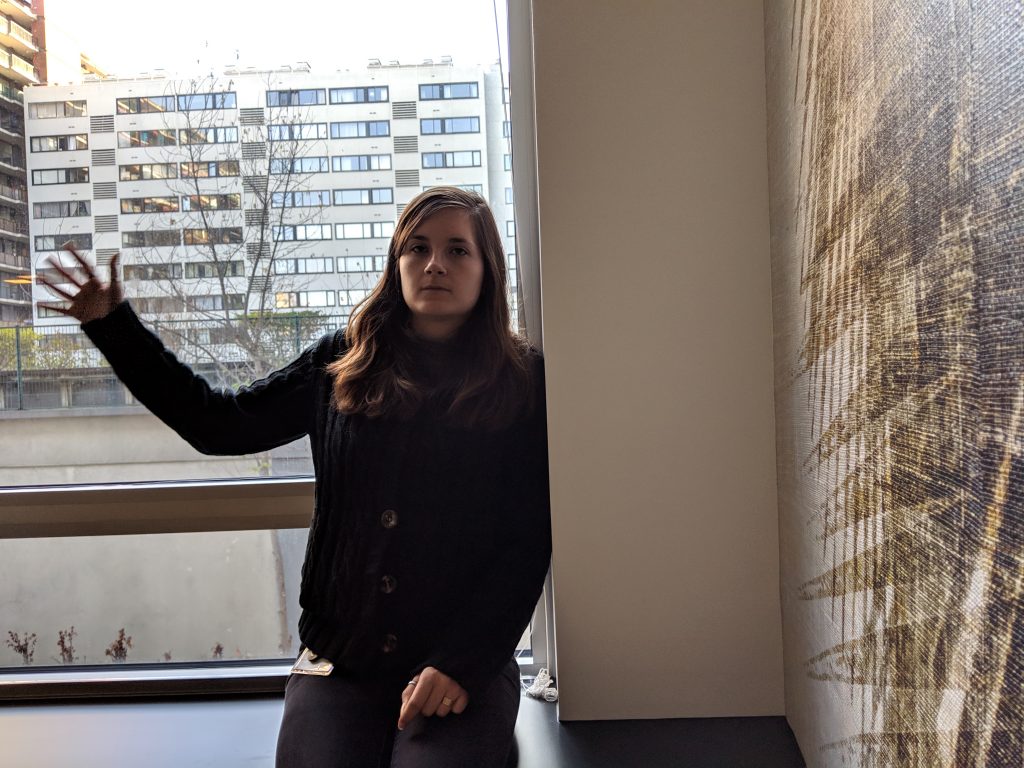
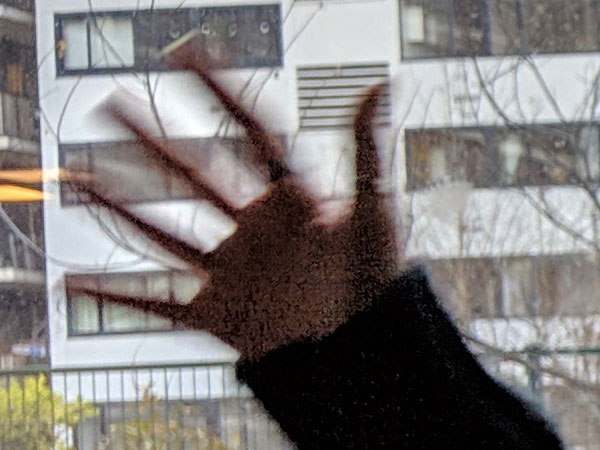






DXOMARK encourages its readers to share comments on the articles. To read or post comments, Disqus cookies are required. Change your Cookies Preferences and read more about our Comment Policy.